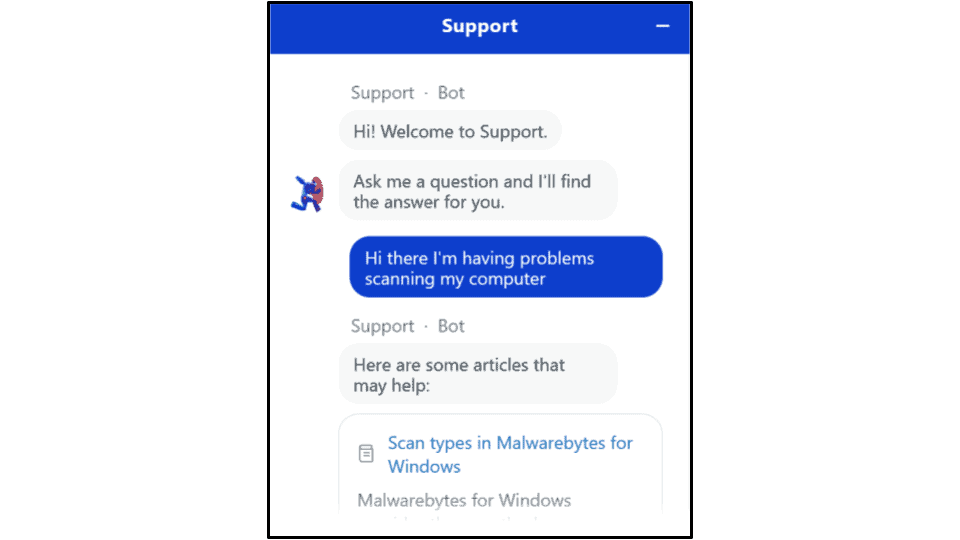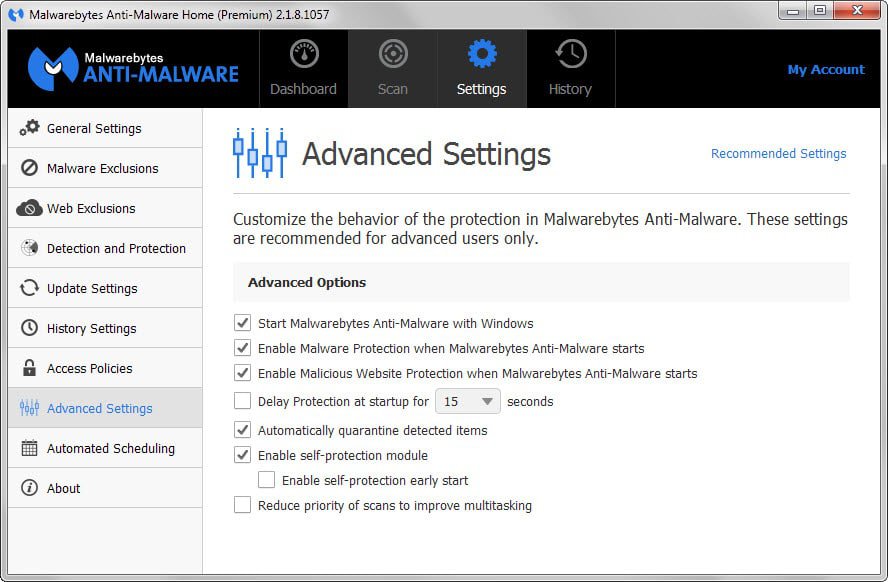

- #Why does malwarebytes scan for rootkits by default how to
- #Why does malwarebytes scan for rootkits by default drivers
- #Why does malwarebytes scan for rootkits by default driver
Follow the steps to extract the file and Malwarebytes Anti-Rootkit will be extracted to a folder called mbar-versionnumber on your desktop. This will start the Windows compressed file extraction wizard. Once the file has been downloaded, right click on the downloaded file and select the Extract menu option. When saving the file, please save it to your desktop. Once you click on the tab you will see all the files that have been Quarantined by Malwarebytes Anti-Rootkit. Once Malwarebytes Anti-Malware has been started, click on the Quarantine tab.
#Why does malwarebytes scan for rootkits by default how to
How to use Malwarebytes Anti-Rootkit to remove Rootkits If you have any questions regarding this program, please feel free to ask us in the AntiVirus, Firewall and Privacy Products and Protection Methods forum. It will also provide guidance on how to resolve problems that result from removing these rootkits. This tutorial will walk you through using Malwarebytes Anti-Rootkit to remove rootkits from your computer.
#Why does malwarebytes scan for rootkits by default driver
#Why does malwarebytes scan for rootkits by default drivers
Kernel mode drivers hiding themselves, like TDL1, TDL2/TDSS, MaxSS, Srizbi, Necurs, Cutwail, etc.MBAR has the ability to target rootkits that belong to the following families or that use the following rootkit technologies: Once Malwarebytes Anti-Rootkit removes the rootkit, any files or Windows Registry entries that the rootkit was hiding will then be visible and be easier to remove. Malwarebytes Anti-Rootkit, or MBAR, is a rootkit scanner that searches your computer for rootkits and then removes them. Rootkits are computer infections that hijack your operating system so that it does not properly report the existence of other malware files, Windows Registry entries, and to make it more difficult to detect other computer infections that it may be protecting. To make an anti-virus program's job more difficult, an increasingly popular tactic for malware developers is to use a type of computer infection or technology called rootkits. In the past malware infections typically consisted of worms, trojans, backdoors, and viruses that were easily detected, and for the most part, removed.

5 Troubleshooting issues after running Malwarebytes Anti-Rootkit.3 How to restore files that have been quarantined.2 How to use Malwarebytes Anti-Rootkit to remove Rootkits.


 0 kommentar(er)
0 kommentar(er)
